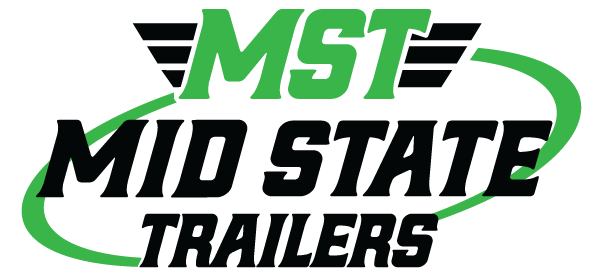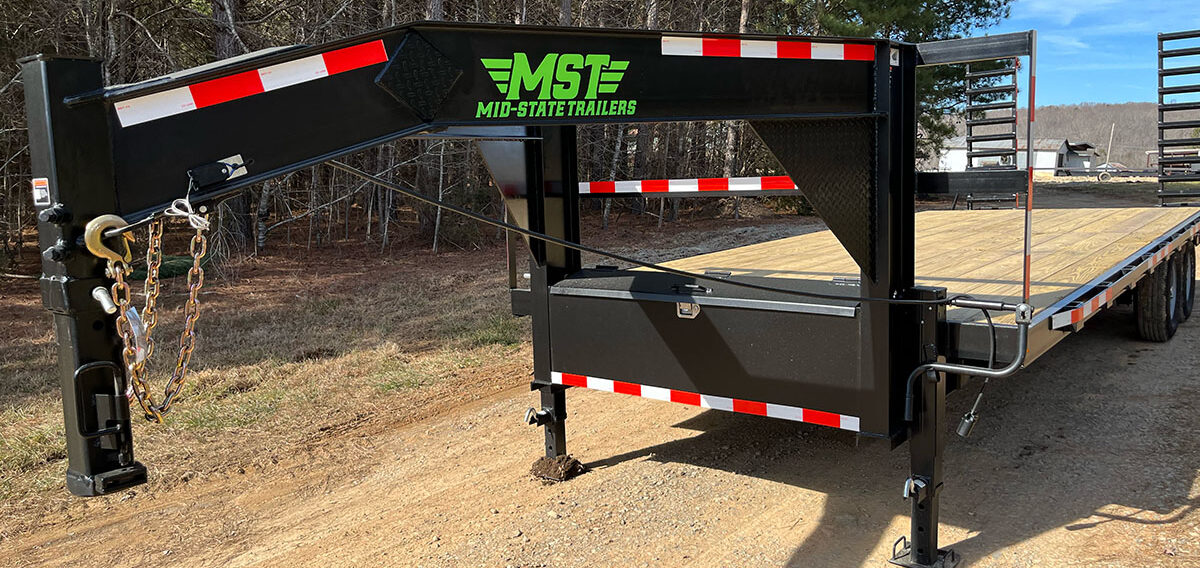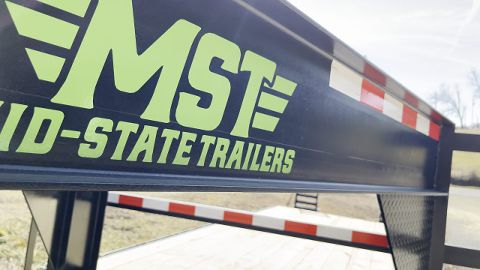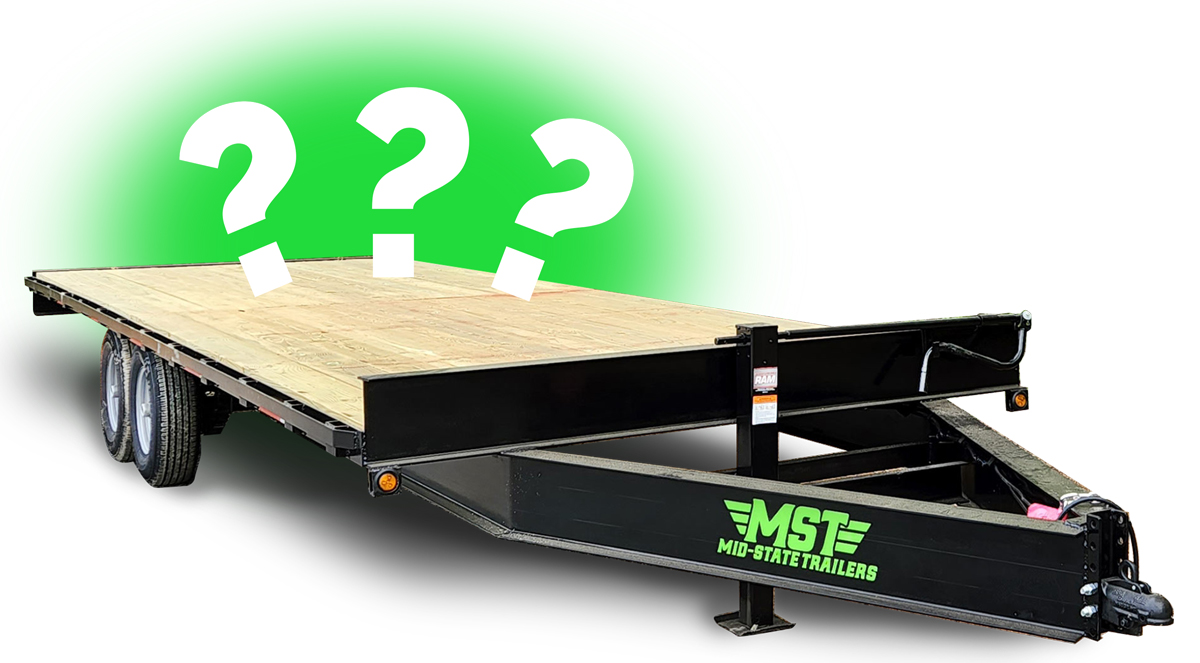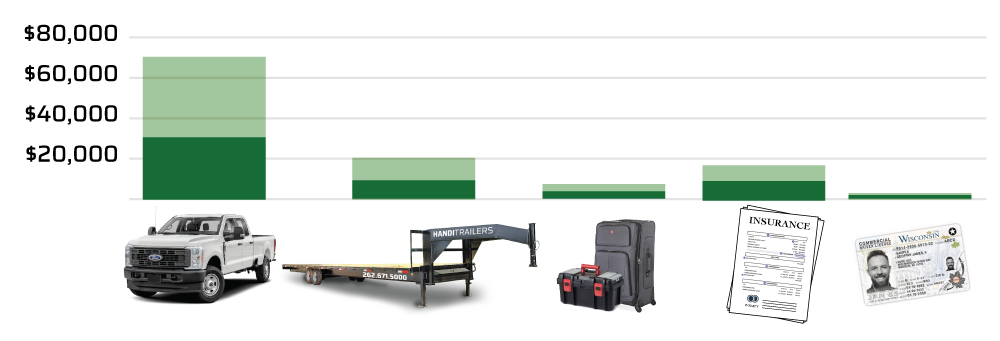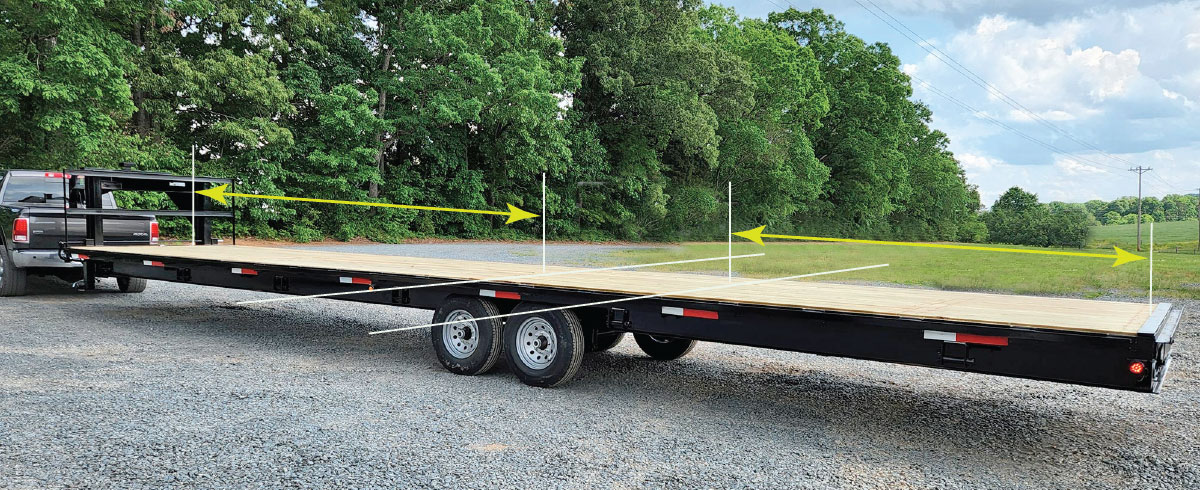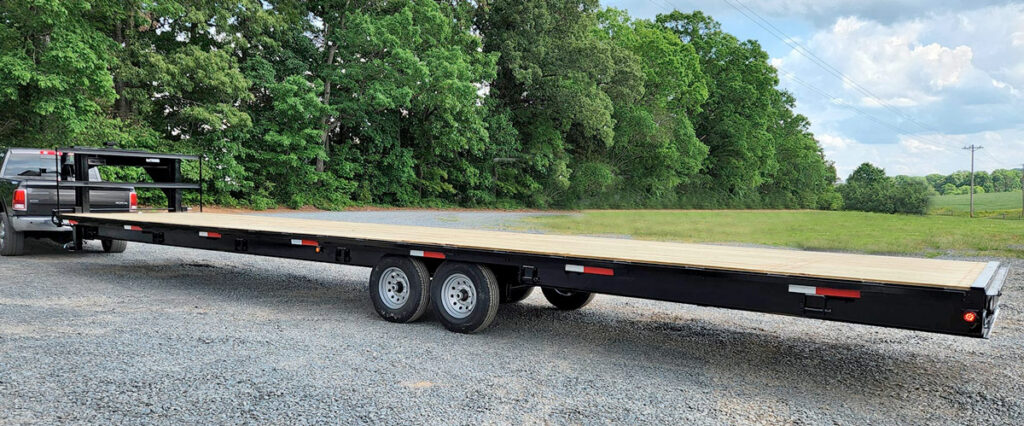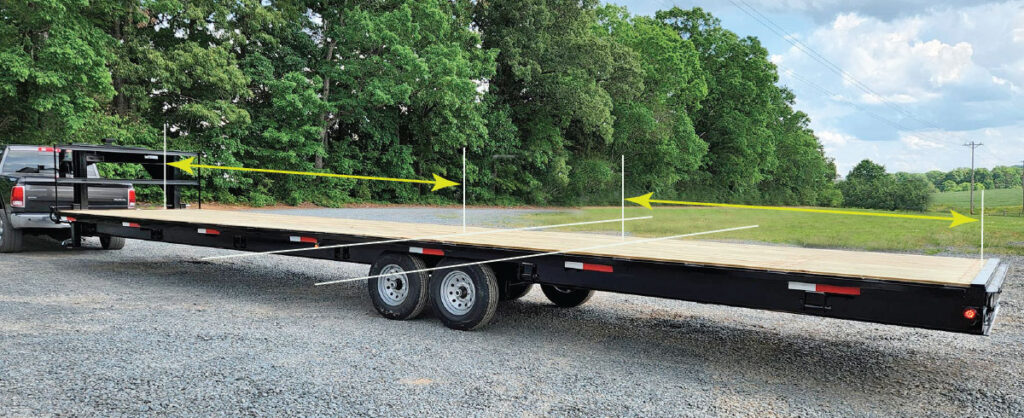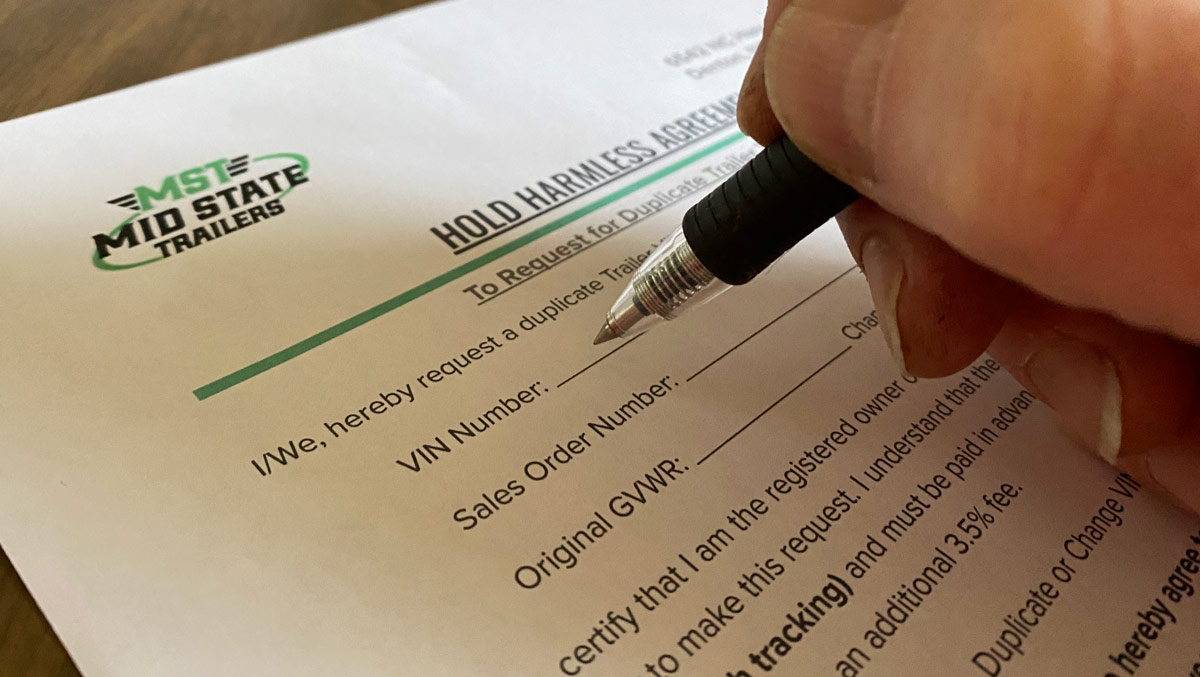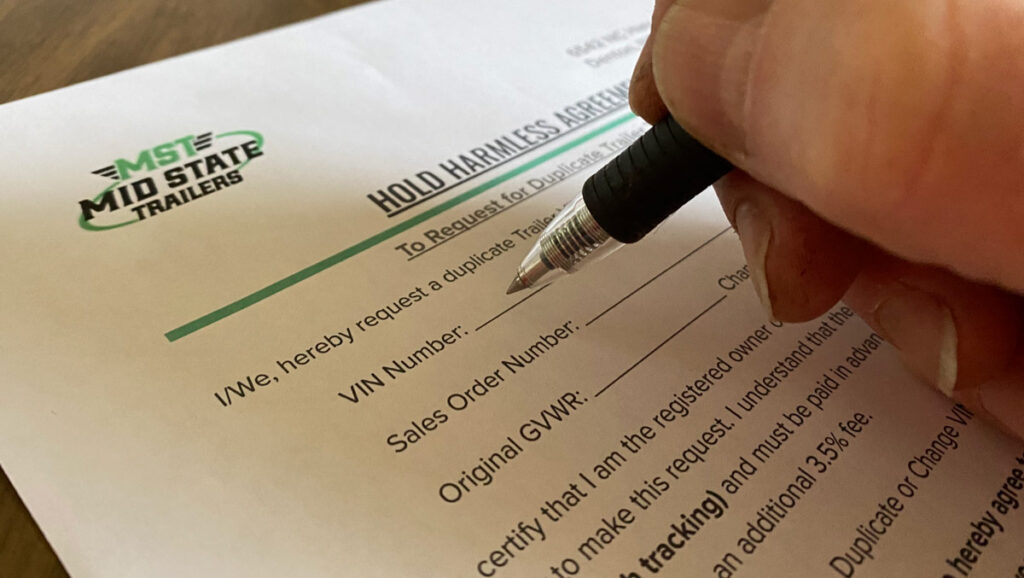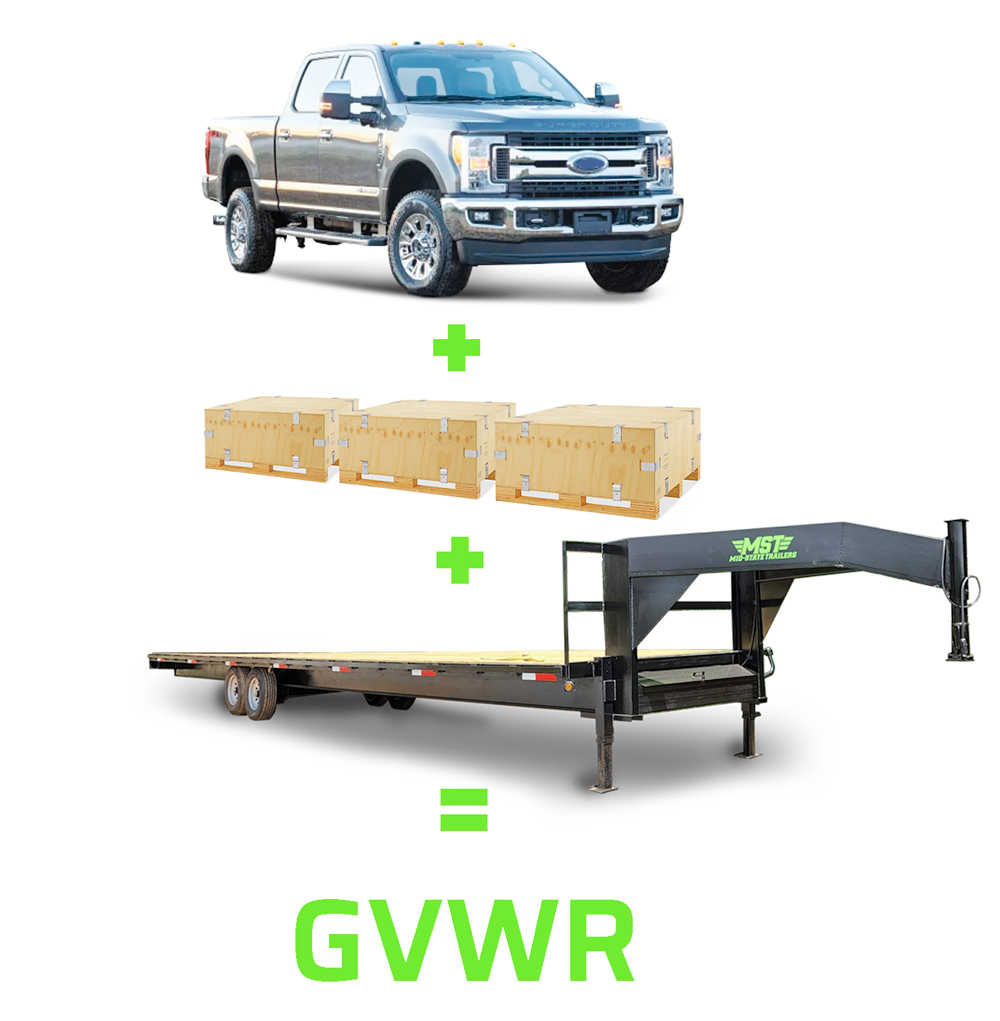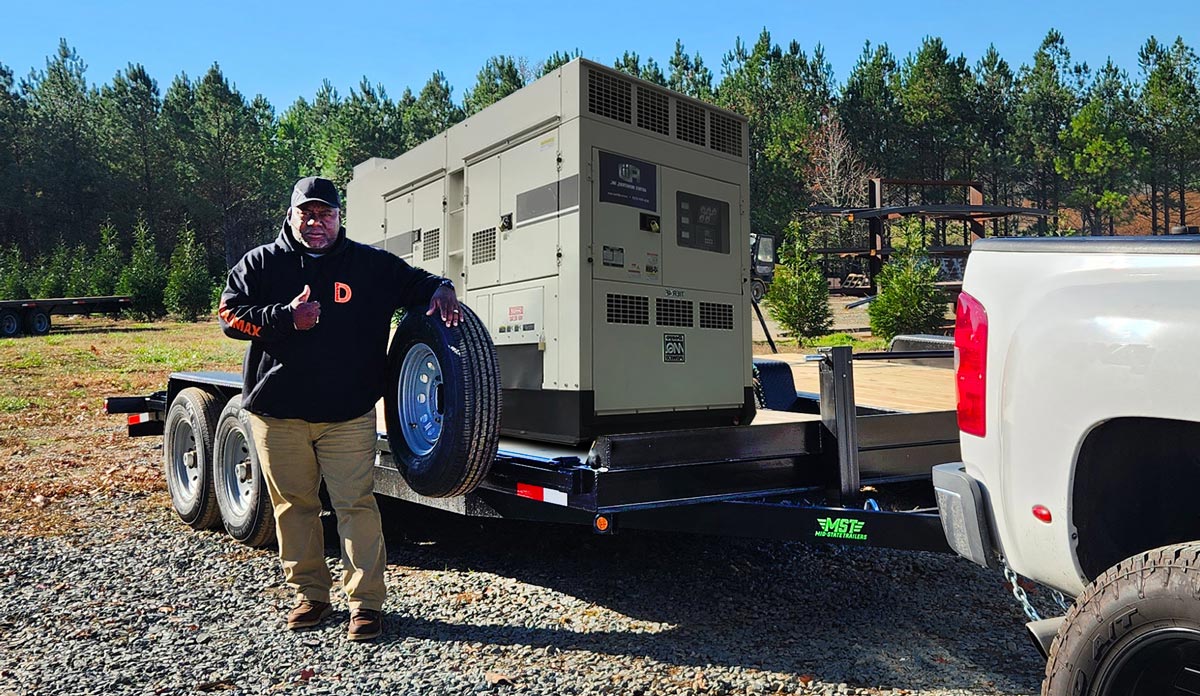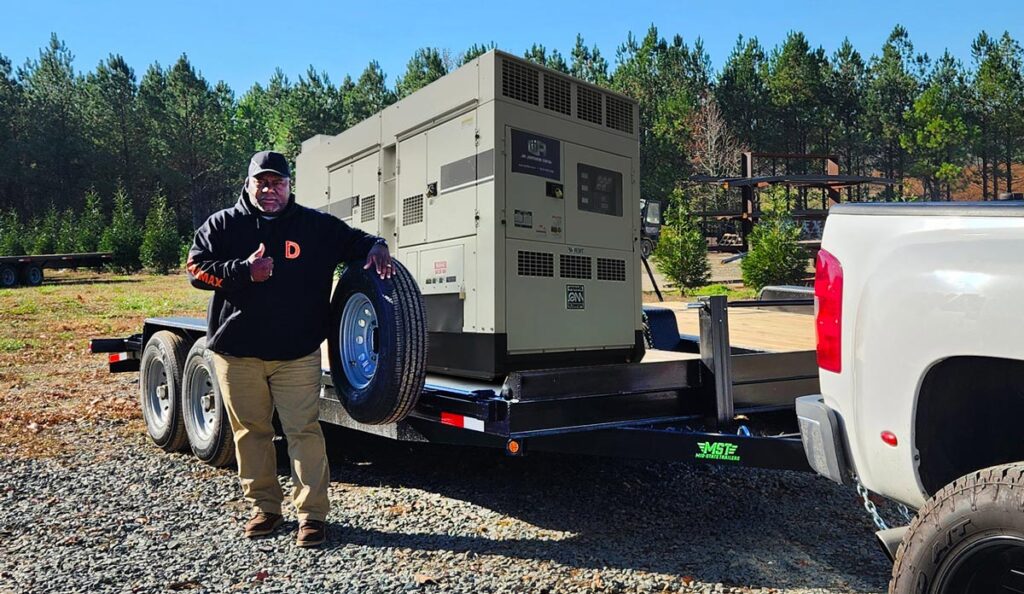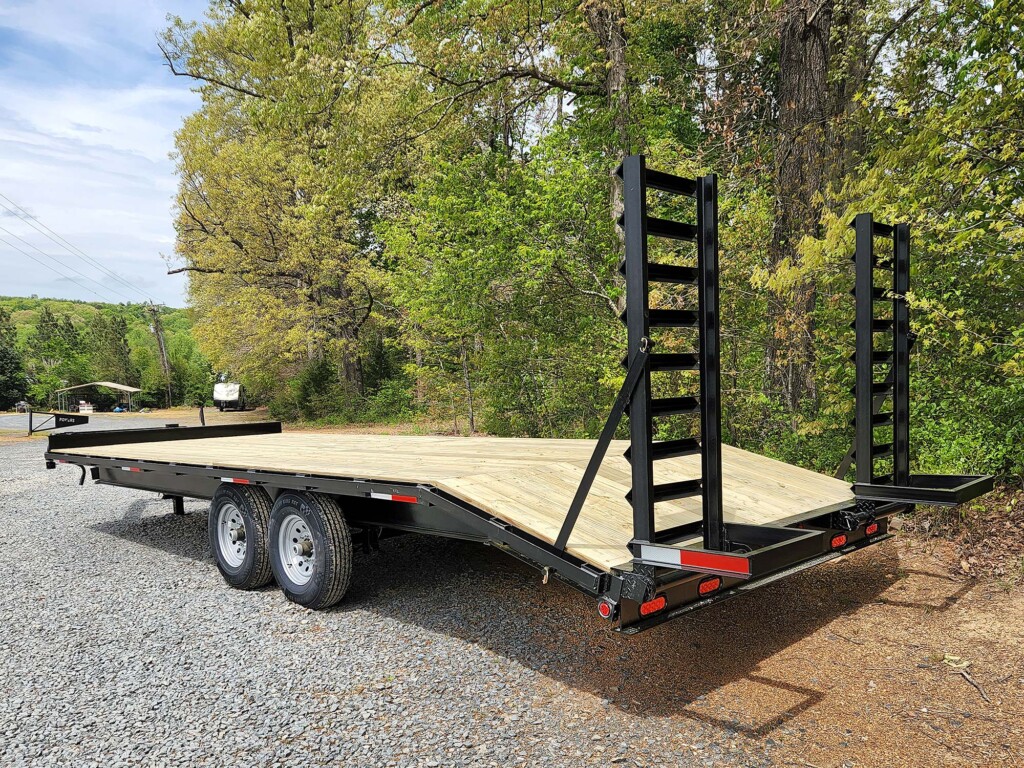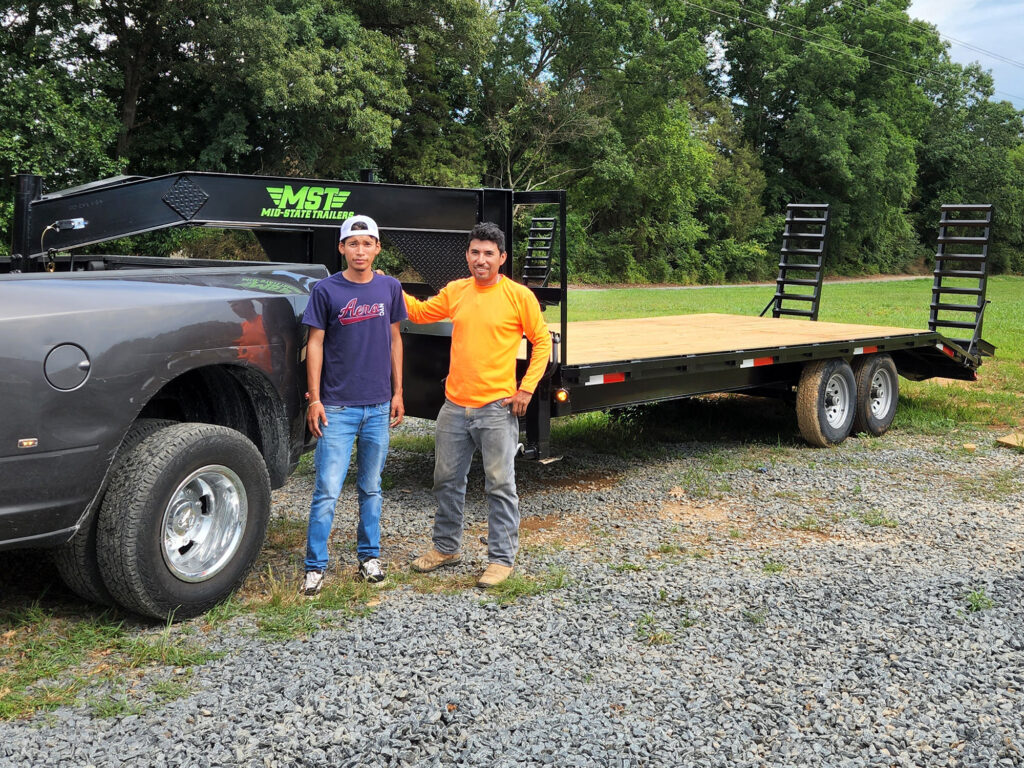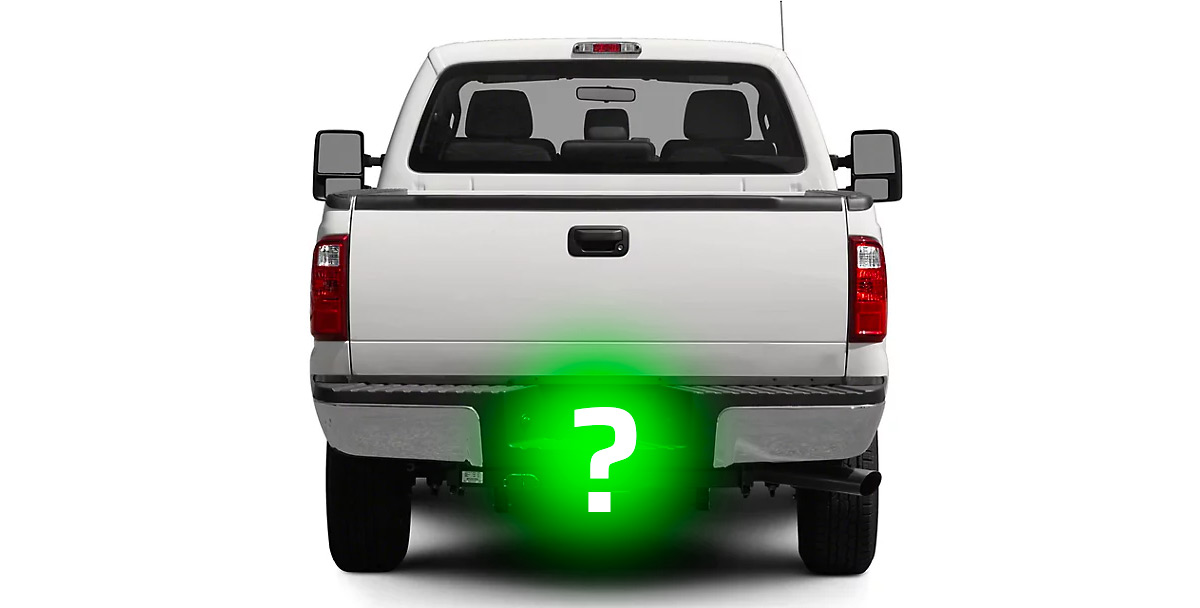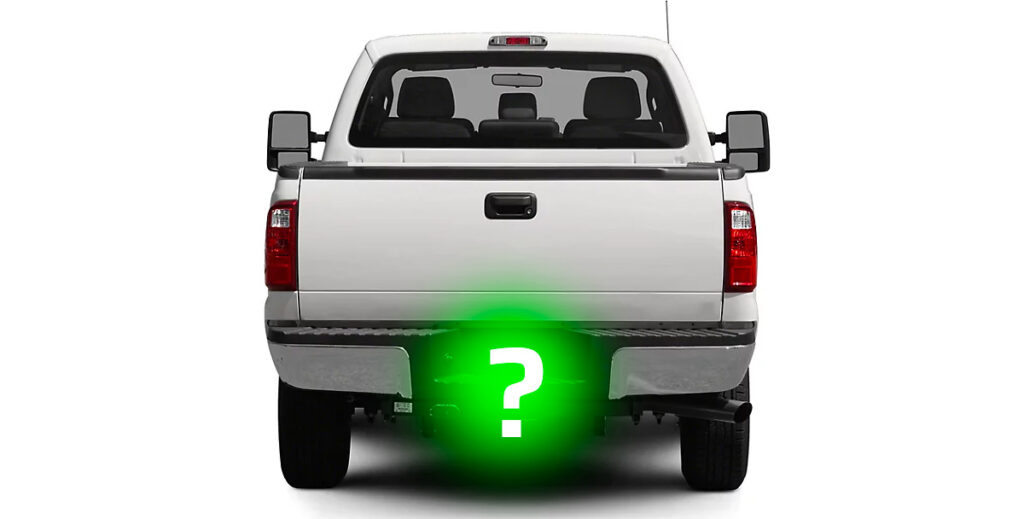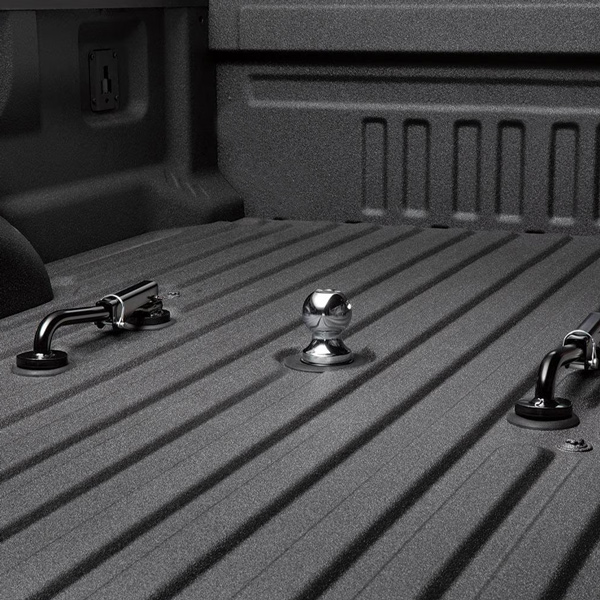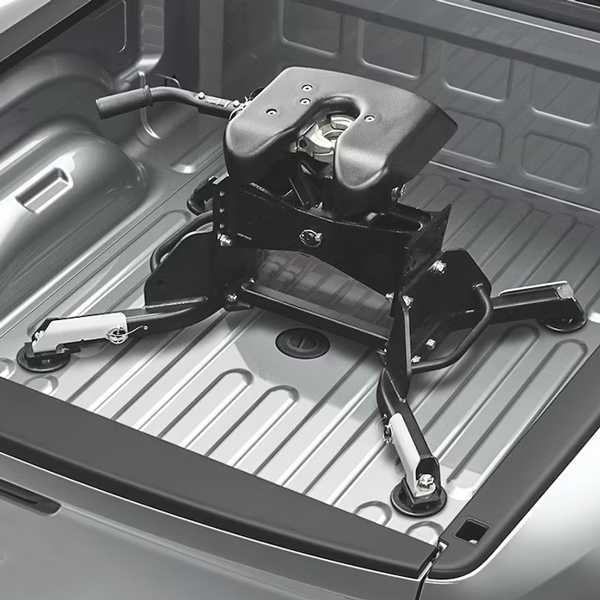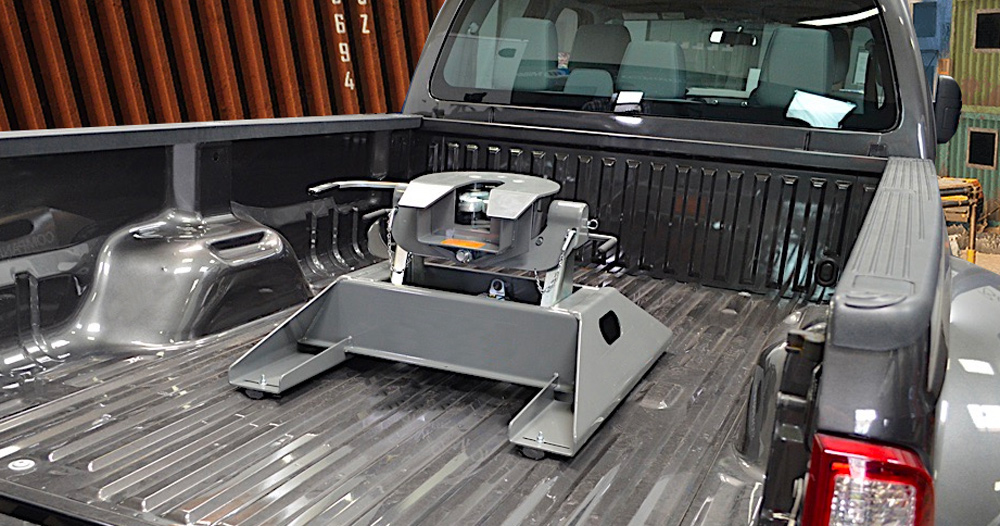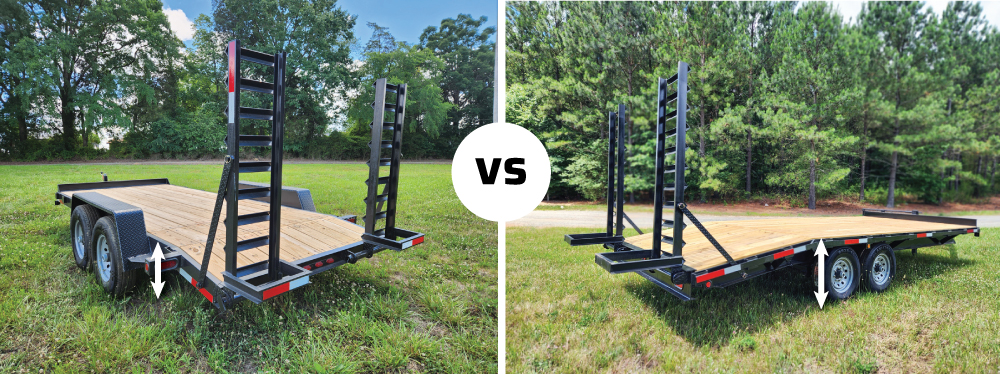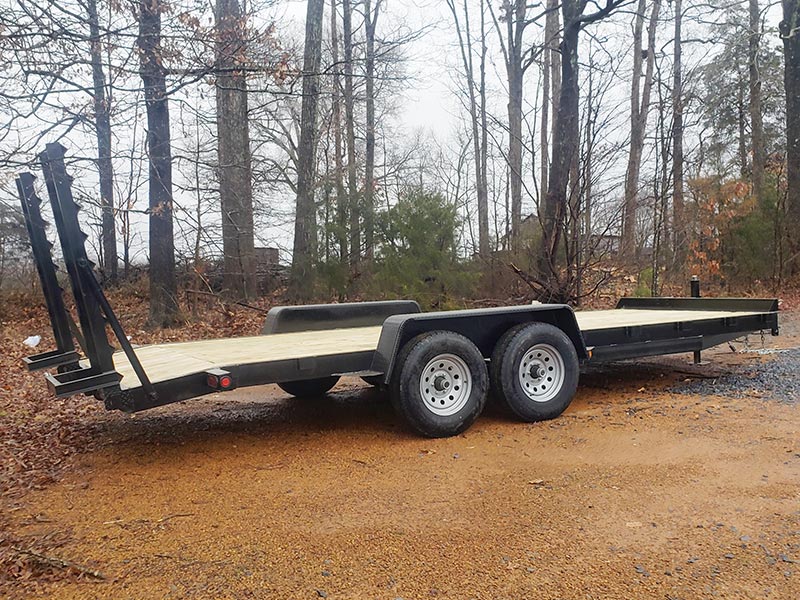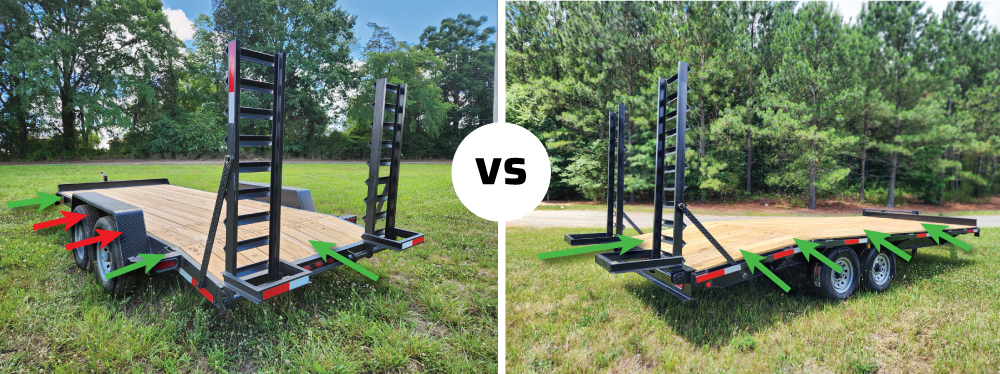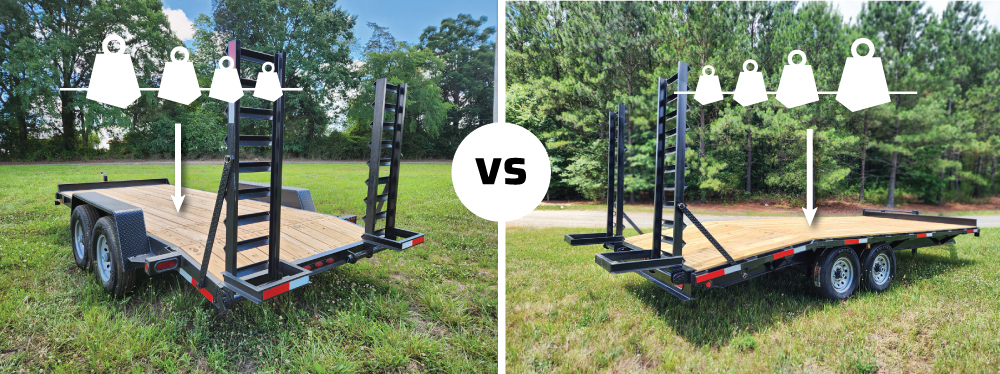Does De-Rating a Trailer Make Your Insurance Cheaper?
Robin Ottenfeld
on
June 26, 2025
Does De-Rating a Trailer Make Your Insurance Cheaper?
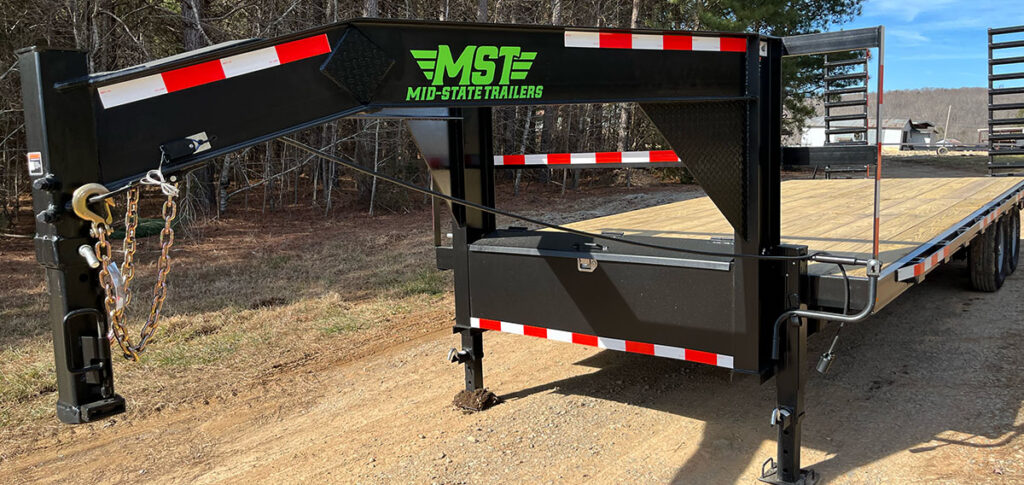
We’ll answer:
- What does it mean to derate a trailer?
- Can derated trailers have a lower insurance cost?
- What factors actually affect your trailer’s insurance premium
- And how do you derate a trailer legally and properly?
What Does It Mean to Derate a Trailer?
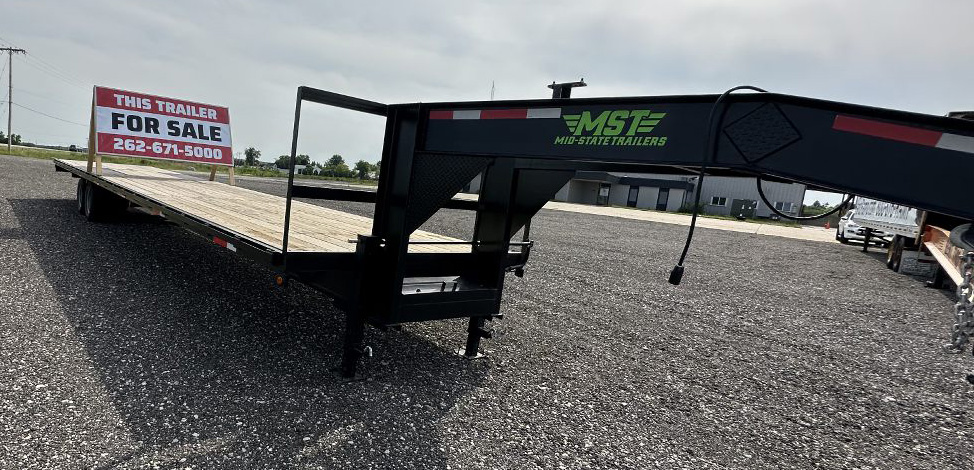
In simple terms, derating a trailer means lowering its Gross Vehicle Weight Rating (GVWR). This is the maximum weight the trailer is legally allowed to carry, as set by the manufacturer.
When you derate a trailer, you’re officially saying, “I’m not going to haul as much weight, despite what the trailer might be able to carry, and I want the trailer registered and labeled accordingly.”
This usually involves:
- Modifying the Manufacturer’s Certificate of Origin (MCO)
- Getting a derated trailer sticker or an updated VIN tag showing the new GVWR
- Registering the trailer at its new, lower weight classification
At Mid State Trailers, we help customers derate their trailer legally and properly, especially in states like North Carolina where the process must be documented correctly.
Why Would You Derate a Trailer?
Before getting too much further, this is a question that deserves attention, its surface, derating doesn’t seem like something anyone would want to do!
There are a few common reasons why people consider derating a trailer:

So, Can a Derated Trailer Lower Your Insurance Cost?

The answer is: Maybe—but not always.
Insurance Premiums Are Based on Risk
Insurance companies calculate premiums based on risk factors, including:
- Trailer type and use (personal vs commercial)
- Value of the trailer
- GVWR
- Location
- Your driving record
When you derate a trailer, you’re changing the GVWR—one of the factors insurers use to assess liability. In some cases, this might reduce the risk profile (for instance, less weight = less damage in a crash), but it’s not guaranteed to lower your premium.
What Insurance Companies Actually Care About
Most insurers care more about how the trailer is used and how much it would cost to replace than what’s printed on the VIN tag.
![]()
For example:
- A $10,000 equipment trailer used weekly for commercial jobs will likely cost more to insure than a $6,000 hobby trailer used once a month, regardless of GVWR.
- A trailer loaded to capacity every day may present more liability, even if it’s derated on paper.
That said, some insurance agents may factor a lower GVWR into your quote, especially if you’re bundling coverage or insuring a fleet.
Lower GVWR Might Help With Liability Coverage
In some cases, a lower GVWR might affect your liability premiums, especially if you’re using the trailer commercially. A smaller or lighter trailer is often considered less of a risk in traffic, which could help you score a slightly better rate.
But again, this will vary by provider.
Pro tip: Always call your insurance agent and ask directly, “If I derate my trailer from 14,000 lbs to 9,990 lbs, will that reduce my premium?” Some agents may even want to see the derated trailer sticker before adjusting your policy.
Yes, and it’s important to know what you’re giving up:
- You cannot legally haul more than the new GVWR. So if you derate a 14K trailer to 10K, you’re giving up 4,000 lbs of usable payload.
- Resale value might be affected. Buyers often look for higher capacity trailers.
- You may need a new VIN tag or certified derating paperwork, depending on your state.
Derating is a legal change—not just a sticker you slap on and ignore. If you haul more than the new rated weight, you could be fined or held liable in an accident.
How to Derate a Trailer
Here’s a basic rundown of how to derate a trailer properly:

It’s a relatively straightforward process—but it needs to be done right.
What If You Just Want Lower Insurance?
If your goal is strictly to lower insurance costs, derating may help—but it might not be the best or only option.
Here are a few other things that could reduce your trailer insurance costs:
- Insure only for actual cash value (not full replacement)
- Raise your deductible to lower your monthly premium
- Bundle trailer coverage with your auto or home policy
- Ask about usage-based or seasonal policies if you don’t use the trailer year-round
- Maintain a clean driving record
It’s worth comparing quotes from multiple insurers and asking them how your trailer’s GVWR affects your rate.
Final Thoughts: Is Derating Worth It for Insurance Alone?
Derating a trailer can potentially reduce your insurance premiums—but it’s not a guarantee. It really depends on your insurer, your trailer’s usage, and your total risk profile.
If you’re also trying to:
- Avoid CDL thresholds
- Register more affordably
- Potentially reduce liability in case of an accident
…then derating might make a lot of sense overall.
At Mid State Trailers, we help North Carolina customers navigate trailer specs, titling, registration, and even derating. If you’re not sure whether derating is right for you, give us a call or stop by the shop. We’re happy to walk you through it and get you connected with insurance pros who understand trailers.
Learn More
- How to Derate a Trailer: A Step-by-Step Guide
- Owning a Trailer in North Carolina: What You Need to Know
- What Does it Mean to De-Rate a Trailer?
Still have questions about derating a trailer or trailer insurance? Contact us today—we’re here to help you get the right trailer for your needs and the peace of mind to go with it.
